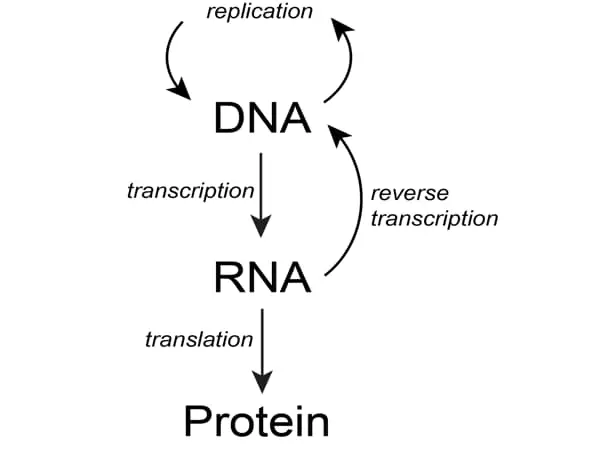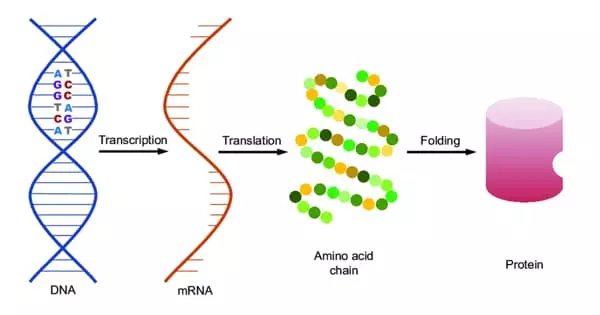The function of mRNA in protein synthesis is to transport the information encoded in DNA to the cytoplasm. Ribosomes are found in the cytoplasm, where protein synthesis takes place. Thus, protein synthesis would be impossible without the presence of mRNA. mRNA is essential in the conversion of genetic information from DNA to proteins. Their creation is a delicate process. A crucial factor has now been identified by a research team.
The corona pandemic has ensured that the term “mRNA” is now known to a large public outside of laboratories and lecture halls. However, the molecule is much more than a necessary component of a successful vaccine against the SARS-CoV-2 virus. “mRNAs are a central component of all living things on our planet. Without them life as we know it would not function,” says Elmar Wolf.
Wolf is a professor of tumor system biology at the University of Würzburg’s Department of Biochemistry and Molecular Biology. He and his colleagues have now deciphered new details about the formation of mRNA, providing novel insights into how a fundamental process inside cells, transcription, works. The team’s findings are published in the current issue of Molecular Cell.
mRNAs are a central component of all living things on our planet. Without them life as we know it would not function. The mRNA composition thus determines how our body’s cells look and function.
Elmar Wolf.
Information becomes protein
Transcription: If one recalls their biology lessons, they will recall that it is the process by which the genetic information in the DNA is translated into messenger RNA – or, as scientists prefer to call it, mRNA. Only mRNA can transmit information from the genetic material of the DNA in the cell’s nucleus to the sites of protein biosynthesis outside the nucleus. “The mRNA composition thus determines how our body’s cells look and function,” Wolf says.
The transcription process from DNA to mRNA appears to be straightforward: “Consider transcription to be an obstacle course. The RNA polymerase begins the reading process at the beginning of the gene, moves through the entire gene, and finally arrives at the end “Wolf elaborates. If the polymerase makes it all the way to the end, the mRNA is produced. Scientists have long recognized that a great deal can go wrong in this process. After all, many genes are like a long “racetrack” with numerous obstacles.

Polymerase fails in difficult places
Wolf and his team studied transcription to gain a better understanding of what happens at the molecular level during the race. “We looked at an important component of the RNA polymerase: the protein SPT6,” Wolf says. The researchers investigated the question, “Is SPT6 important for the transcription process, and if so, in what way?”
When scientists want to learn about the function of a protein, they remove it from cells and observe what happens. Wolf and his team did exactly that. The outcome was unmistakable: “Intriguingly, RNA polymerase begins producing mRNA even in the absence of SPT6,” Wolf explained. But then it regularly gets stuck in difficult places — you could say that it falls over an obstacle.
New picture of the transcription
This failure has two negative consequences that affect cell function: On the one hand, very little RNA polymerase reaches its destination, resulting in very little mRNA production. On the other hand, the gene itself is affected. “Without SPT6, the polymerase destroys the obstacles and the racetrack, making functional RNA polymerases unable to find their way,” Wolf explains. As a result, it is clear that the SPT6 protein plays an important role in cellular mRNA production.
The researchers’ findings contribute to shedding more light on the transcription process: “Until now, scientists had assumed that the only thing that mattered for mRNA production was the number of RNA polymerases that started transcription,” Wolf explains. The newly published findings show that not all RNA polymerases that initiate transcription make it all the way to the end of the gene, and that the protein SPT6 is required for this to happen.





